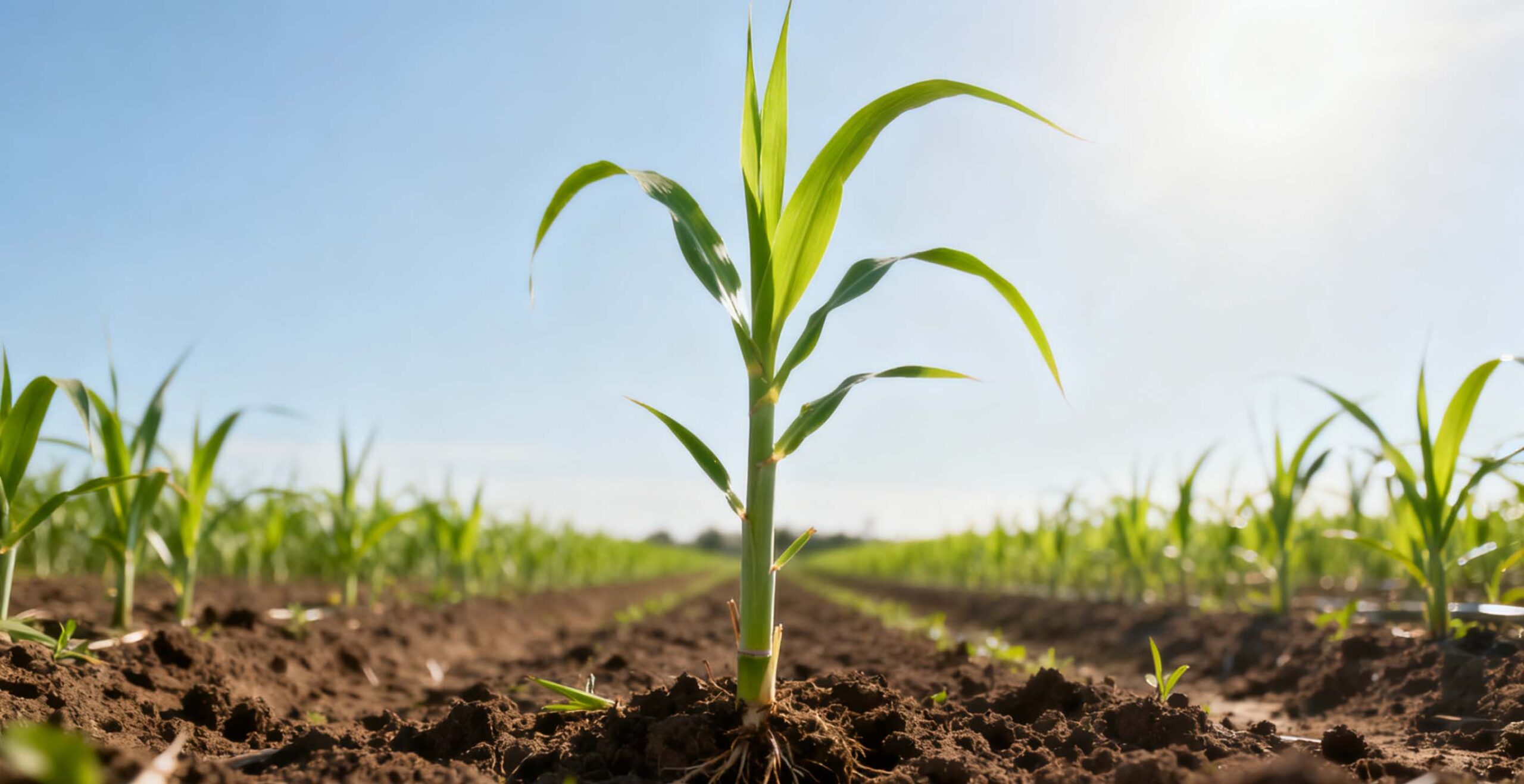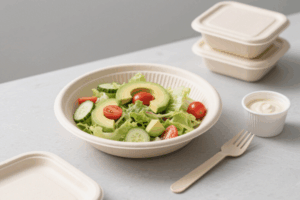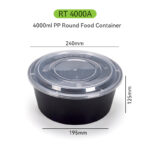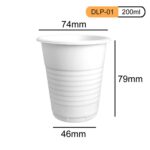🌞 Climate and Environmental Factors
Sugarcane thrives in tropical and subtropical climates with abundant sunlight and rainfall. The ideal temperature range for sugarcane growth is between 20°C and 32°C. Regions such as Louisiana, USA, experience a growth period of 8–9 months, while areas like Hawaii, South Africa, and Peru have a growth period ranging from 18 to 22 months.
🌱 Growth Stages of Sugarcane

The growth of sugarcane can be categorized into four primary stages:
-
Germination and Sprouting (0–60 days): The initial phase where the plant establishes itself.
-
Tillering (60–150 days): The plant develops multiple shoots, increasing its potential for higher yields.
-
Grand Growth (150–350 days): Rapid elongation of stalks occurs during this phase.
-
Ripening (50–70 days): The plant matures, and sucrose accumulates in the stalks.
🌾 Factors Influencing Growth Rate
Several factors impact the growth rate of sugarcane:
-
Soil Fertility: Nutrient-rich soils promote faster growth.
-
Water Availability: Adequate irrigation ensures consistent growth.
-
Varietal Differences: Some sugarcane varieties grow faster than others.
-
Agronomic Practices: Proper spacing, pest control, and timely harvesting enhance growth rates.
📊 Research Insights
A study published in Agricultural Water Management examined the growth patterns of sugarcane under different irrigation regimes. The findings indicated that well-irrigated conditions led to higher growth rates compared to rain-fed conditions.
👩🌾 Expert Recommendations
Dr. James H. Cock, an agricultural consultant, emphasizes the importance of matching crop management practices with plant type to increase cane and sugar yields. He suggests that the lack of critical periods in the development of the crop makes it relatively tolerant of stress conditions, but potential yield can only be attained with skilled agronomic management.
🌍 Global Perspectives
In India, the compound annual growth rate (CAGR) for sugarcane area, production, and yield showed positive trends over a 30-year period from 1985 to 2015. The study revealed that the area under sugarcane cultivation increased by 5.63%, production by 7.40%, and yield by 1.68%.
♻️ Bagasse Products: Turning Sugarcane Waste into Sustainable Solutions

Sugarcane bagasse—the fibrous residue left after extracting juice from sugarcane—is an increasingly valuable byproduct in sustainable agriculture and industry. Traditionally considered waste, bagasse is now recognized for its versatility, biodegradability, and environmental benefits.
Eco-Friendly Packaging and Tableware
One of the most widespread applications of bagasse is in biodegradable food packaging and disposable tableware. Companies worldwide are producing plates, bowls, trays, and clamshell containers from bagasse fibers. Unlike conventional plastic, these products decompose naturally within months, reducing landfill burden and minimizing ocean pollution. Studies show that bagasse-based containers maintain durability, heat resistance, and food safety standards, making them ideal for both hot and cold meals.
Energy and Biofuel Applications
Bagasse is also widely used as a biofuel in sugar mills and power plants. Its high cellulose content allows it to be burned directly for steam and electricity generation or processed into bioethanol, contributing to renewable energy production and lowering dependence on fossil fuels. According to research, utilizing bagasse for energy can reduce greenhouse gas emissions by up to 50% compared to coal-based energy sources.
Building Materials and Industrial Uses
Beyond packaging and energy, bagasse fibers are increasingly incorporated into fiberboard, biodegradable composites, and paper production. The material’s natural strength and lightweight properties make it suitable for eco-conscious construction materials, furniture, and even textiles in some innovative applications.
Sustainability and Circular Economy
Incorporating bagasse into commercial products exemplifies a circular economy, where agricultural byproducts are transformed into valuable resources. Farmers and manufacturers benefit from reduced waste disposal costs and an additional revenue stream, while consumers gain environmentally responsible products.
By showcasing the practical applications of bagasse, this section bridges the gap between sugarcane cultivation and real-world sustainability solutions, reinforcing the article’s emphasis on innovation, professional insight, and environmental responsibility.
🔬 Technological Advancements
Advancements in technology have also contributed to improved growth rates. For instance, the foliar application of low levels of cobalt has been shown to increase sugarcane growth and yields. This practice enhances stomatal conductance, leaf and tiller numbers, and stalk development.
FAQ
1. How long does it take for sugarcane to grow from planting to harvest?
Sugarcane typically takes 12–16 months for the first crop (plant crop) and 10–12 months for subsequent ratoon crops, depending on climate, soil, and variety.
2. What climate conditions are best for sugarcane growth?
Sugarcane thrives in tropical and subtropical regions with temperatures between 20–32°C, ample sunlight, and sufficient rainfall or irrigation.
3. Which factors most influence sugarcane growth rate?
The main factors include soil fertility, water availability, variety selection, and agricultural practices such as spacing, fertilization, and pest management.
4. Can modern agricultural technology speed up sugarcane growth?
Yes. Techniques like precision irrigation, foliar fertilization, pest monitoring, and mechanized harvesting can improve growth rates and increase yield.
5. How does sugarcane growth differ globally?
Growth varies by region: tropical areas like India or Brazil allow faster growth and higher yields, while cooler or less irrigated regions have slower growth. Variety selection and local management practices also play a key role.
📝 Conclusion
Understanding the growth rate of sugarcane is crucial for optimizing cultivation practices and ensuring sustainable production. By considering environmental factors, growth stages, and implementing expert recommendations, farmers can enhance the growth and yield of sugarcane crops.
References
- “Optimizing Sugarcane Growth, Yield, and Quality in Different Ecological Zones and Irrigation Sources Amidst Environmental Stressors”
https://doi.org - “A field study on replacing traditional flood irrigation of sugarcane crop in upper Egypt with drip irrigation technique”
https://link.springer.com/article/ - “Sugarcane Water Productivity for Bioethanol, Sugar and Biomass under Deficit Irrigation”
https://www.mdpi.com/ - “Microclimate and Irrigation Affect the Growth Dynamics of Sugarcane in a Semi-arid Environment”
https://www.scielo.br/
Disclaimer & Copyright Notice
This article is created by the Dashan Packing editorial and research team.
All information presented here is for educational and industry reference purposes only.
Some data and standards cited in this article are sourced from publicly available materials,
official regulatory documents, or third-party publications, which are properly credited where applicable.
All rights to third-party trademarks, images, and content belong to their respective owners.
If any copyrighted material has been used inadvertently, please contact us at angel@chndashan.com.
We respect intellectual property rights and will promptly remove or revise any material upon verification.





